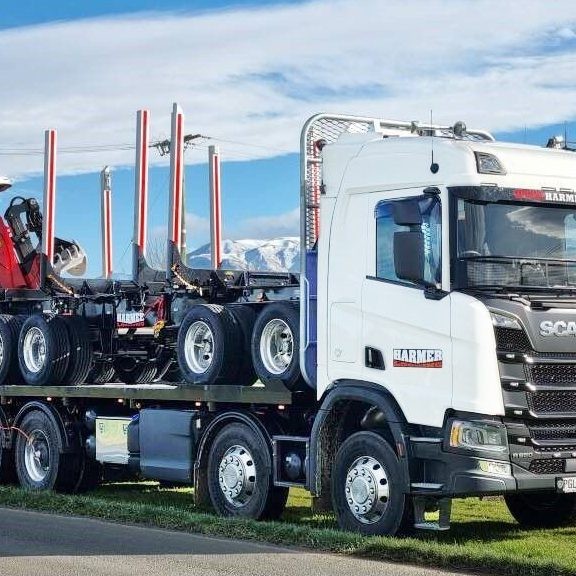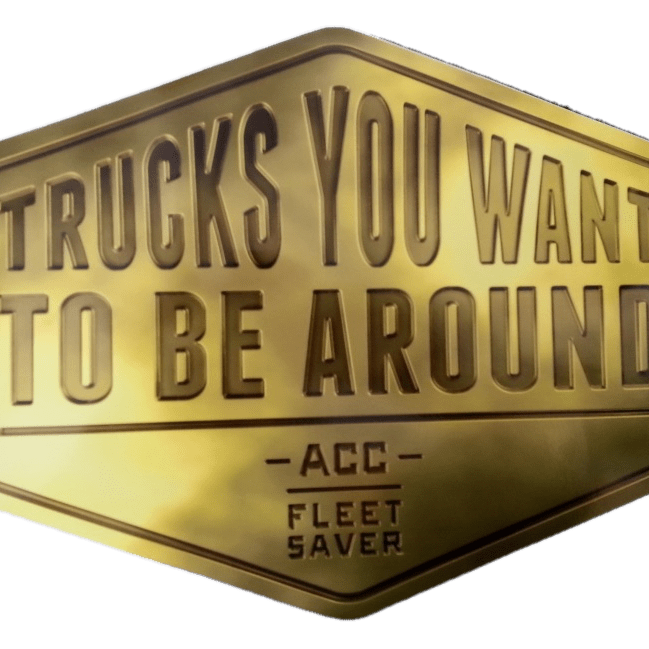
Purpose
To share some information from NZTA.
NZTA advice on driving in Winter
During winter you’ll need to adjust your driving to keep yourself and other people travelling safe.
Conditions during winter vary throughout the country and can often change fast. Be prepared for all conditions from rain and fog through to frost, ice and snow.
Follow the heavy vehicle road code and go to the NZTA website for advice.
Driving in bad weather︱Heavy vehicle road code
Be prepared before you go
Effective brakes, tyres, windscreen wipers, lights and steering are even more crucial in wet weather. Check your vehicle regularly to make sure they are all in good condition.
Always check the weather and road conditions before you head out. Be prepared for delays—NZTA monitors the conditions of state highways and will proactively close roads when conditions worsen.
Check for traffic and travel updates on our regional Facebook pages or Journey Planner.
When you’re travelling long distances, make sure you’re well rested, and are prepared to stop and wait for weather to improve. This could include packing warm clothes, snacks, and water.
Adjust your driving
Adjust your speed to suit the conditions—when icy or snowy, drive slower than you normally would to reduce the risk of losing control or skidding.
Increase your following distance during poor weather — it takes longer to stop on slippery roads. You should increase your following distance from four seconds to six seconds.
Be seen—use your headlights in rainy, icy, snowy and dark conditions. Don’t drive with your headlights on full beam through fog, the light will reflect back on you. Dip your lights – it will be much easier to see.
Avoid sudden braking or turning movements to reduce the risk of skidding.
If your vehicle has anti-lock braking system (ABS) brakes, never pump the brakes in an emergency. Keep the pedal pressed down hard and steer out of trouble. Don’t become over-confident in your driving just because your vehicle has ABS brakes.
If your vehicle doesn’t have ABS brakes, don’t brake too hard when it is wet. You may go into a dangerous skid. Instead, pump the brakes gently. If your vehicle has auxiliary brakes read the instructions. Don’t operate them at full power in slippery conditions.




